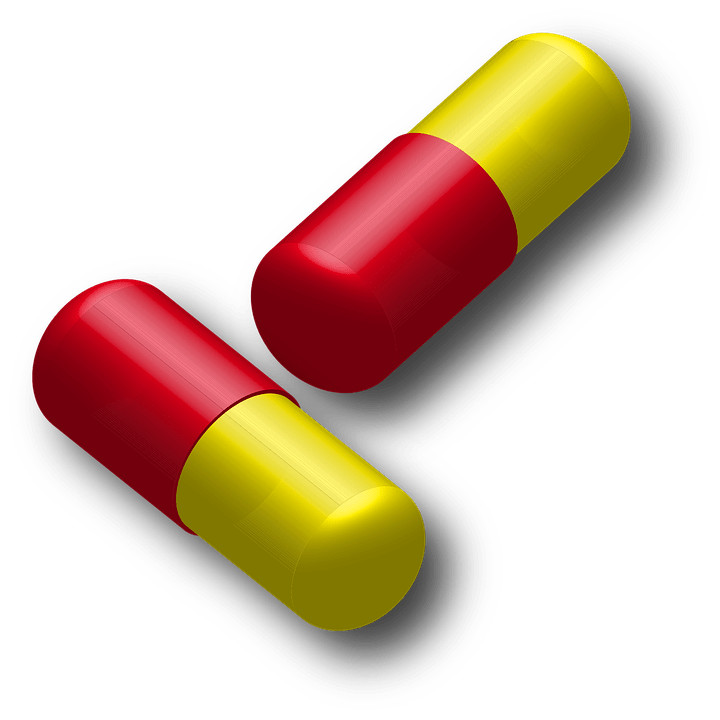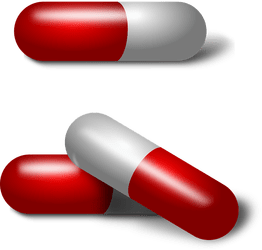ACETAMINOPHEN FOR BACK PAIN?
“Acetaminophen: Meta-analysis finds no differences between NSAIDs and acetaminophen in achieving pain relief. Practice guidelines of the American College of Physicians and the American Pain Society conclude that acetaminophen is a slightly weaker analgesic, but endorses it as a first-line treatment option because of its more favorable side-effect profile and cost.” From Finding Relief for Lower Back Pain by Guido R. Zanni, PhD Published Online: Monday, March 14, 2011 for Pharmacy Times dot com.
“Acetaminophen as an Analgesic for Lower Back Pain: In the setting of acute low back pain, acetaminophen can be effectively utilized as an analgesic. Several studies have shown acetaminophen to be superior to placebo in the treatment of osteoarthritis pain, and because of its efficacy, it has been recommended as a first line agent in osteoarthritis treatment.” From an article for Spine Universe called Acetaminophen in the Treatment of Acute Low Back Pain Written by Gerard Malanga, MD. By the way, this article cited two different studies (one from 1991 and another from 1982) as evidence that you should be using Acetaminophen for back pain. Probably why
the makers of Tylenol,McNeil Consumer Healthcare, recently made a public statement saying that the current research backs up the, “safety and efficacy profile of acetaminophen“.
“Simple Steps to Help Relieve Back Pain: Take a pain reliever like Tylenol® (Use as directed) and avoid strenuous activity.” From Tylenol’s website.
“If you have back, neck, or shoulder pain Try this: Any OTC pain reliever Why? Strong prescription medicines called muscle relaxants are often used to relieve the spasms and sore muscles that can be the culprits behind very painful backaches and neck pain and other conditions. But those drugs have risks that include addiction, sedation, fatigue, and dizziness. And our analysis shows that they don’t work any better than OTC acetaminophen, aspirin, ibuprofen, or naproxen.” From a recent issue of Consumer Report
“Acetaminophen helps relieve low back pain in some people, especially mild or moderate pain that has lasted less than 3 months. Acetaminophen at recommended dosages is safer than some other medicines. So many doctors suggest trying acetaminophen first to see if it helps.” From Acetaminophen for Low Back Pain Your Guide to Acetaminophen for Low Back Pain as published by the queen mother of all medical advice sites, WebMD
“Tylenol can cause liver damage. The active ingredient in Tylenol is acetaminophen. Acetaminophen overdoses, half of them unintentional, are now the leading cause of acute liver failure in the United States. Four grams per day (about 12 regular-strength Tylenol tablets) is considered the safe upper limit, but that might be too much for some. Large doses are the main risk, but there are reports of people developing liver problems after taking small to moderate amounts of acetaminophen for long periods of time. People who drink alcohol regularly or have a less than healthy liver are more vulnerable to acetaminophen’s toxic effects, so the safety threshold for them is lower. Acetaminophen is an ingredient in many over-the-counter cold and headache medications. Some people may be taking more of the drug than they realize because of these “hidden sources.”” Harvard Medical School’s Family Health Guide (12 Things You Should Know About Pain Relievers)
Two decades ago next month, Johns Hopkins University published a study in the New England Journal of Medicine called
Risk of Kidney Failure Associated with the Use of Acetaminophen, Aspirin, and Non-steroidal Anti-inflammatory Drugs. Listen to this study’s shocking conclusions. “Heavier acetaminophen use was associated with an increased risk of ESRD [End Stage Renal Disease — dialysis] in a dose-dependent fashion. When persons who had taken fewer than 1000 pills containing acetaminophen in their lifetime were used for reference, the odds ratio was 2.0 A cumulative dose of 5000 or more pills containing NSAIDs increased the odds ration of ESRD to 8.8.“What does this mean in terms that we can all understand? It means that if you take less than 1,000 Tylenol pills (in this study, a pill was 200 mg), your chances of having to go on dialysis doubles. If you take 5,000 tablets in your lifetime, the chances go up by nearly 9 times. Gulp! This is insane, especially when you consider that doctors actually recommend that the “safe” dose of Tylenol is up to 4,000 mg per day (the equivalent of 20 tablets). At this rate you would hit the 1,000 tablet mark in less than two months, and the 5,000 tablet mark in just over 8 months. And think about it; who knows where the curve goes from there? The crazy truth is that just one single Tylenol a day for only one year, doubles your chances of ending up on dialysis
(and people complain that Chiropractic is dangerous). And now we learn that sugar pills are equally as effective as Tylenol for treating back pain .Even though huge numbers of physicians have publicly denounced the results of a July study that was published in the oldest and most prestigious medical journal on the planet (The Lancet —
Efficacy of Paracetamol [Acetaminophen] for Acute Low-Back Pain: a Double-Blind, Randomized Controlled Trial), the author’s stated reason for doing this research is tough to dismiss. Even though, “paracetamol [Acetaminophen] is the recommended first-line analgesic for acute low-back pain; however, no high-quality evidence supports this recommendation“. And what were the study’s conclusions? “Our findings suggest that regular or as-needed dosing with paracetamol does not affect recovery time compared with placebo in low-back pain, and question the universal endorsement of paracetamol in this patient group.” In other words, Tylenol taken for back pain is no more effective than a sugar pill. And when you couple these results with the conclusions of the paper from the Pharmacy Times at the top of the page (“ Meta-analysis Finds No Differences Between NSAIDs and Acetaminophen in Achieving Pain Relief“), it quickly becomes apparent that the whole thing is a house-of-cards teetering in the wind — particularly once you learn how dangerous NSAIDs really are (HERE and HERE). I also happen to have a post on the dangers of ACETAMINOPHEN.
The August 5 issue of Practical Pain Management (
Acetaminophen Found Ineffective for Treating Low Back Pain) — a medical journal for pain practitioners — Dr. Forrest Tennant and Thomas Ciccone write that, “One problem with this study is that it may give some practitioners the erroneous impression that low back pain is best treated with a single, evidenced-based pharmaceutical.” This itself begs the question of what they think does constitute a good “evidence-based” approach. Their list includes things like stretching exercises (maybe good, maybe not — HERE & HERE), analgesics (ASPIRIN), topical agents (Ben Gay, etc), electromagnetic devices (most are worthless, but a few like COLD LASER are beneficial), homeopathy, prolotherapy (sugar water injections), and eventually CORTICOSTEROIDS and hardcore “pharmaceutical agents” (probably NARCOTICS), when the first group doesn’t work. And while I am certainly not against homeopathy (in fact, I am quite for it), putting it on the list instead of some sort of manipulative therapy such as CHIROPRACTIC that has been proven effective for those with back pain time and time again (HERE) in the battle against SPINAL SURGERY and disability is nothing short of absurd. But then again, it’s the nature of EVIDENCE-BASED MEDICINE.


